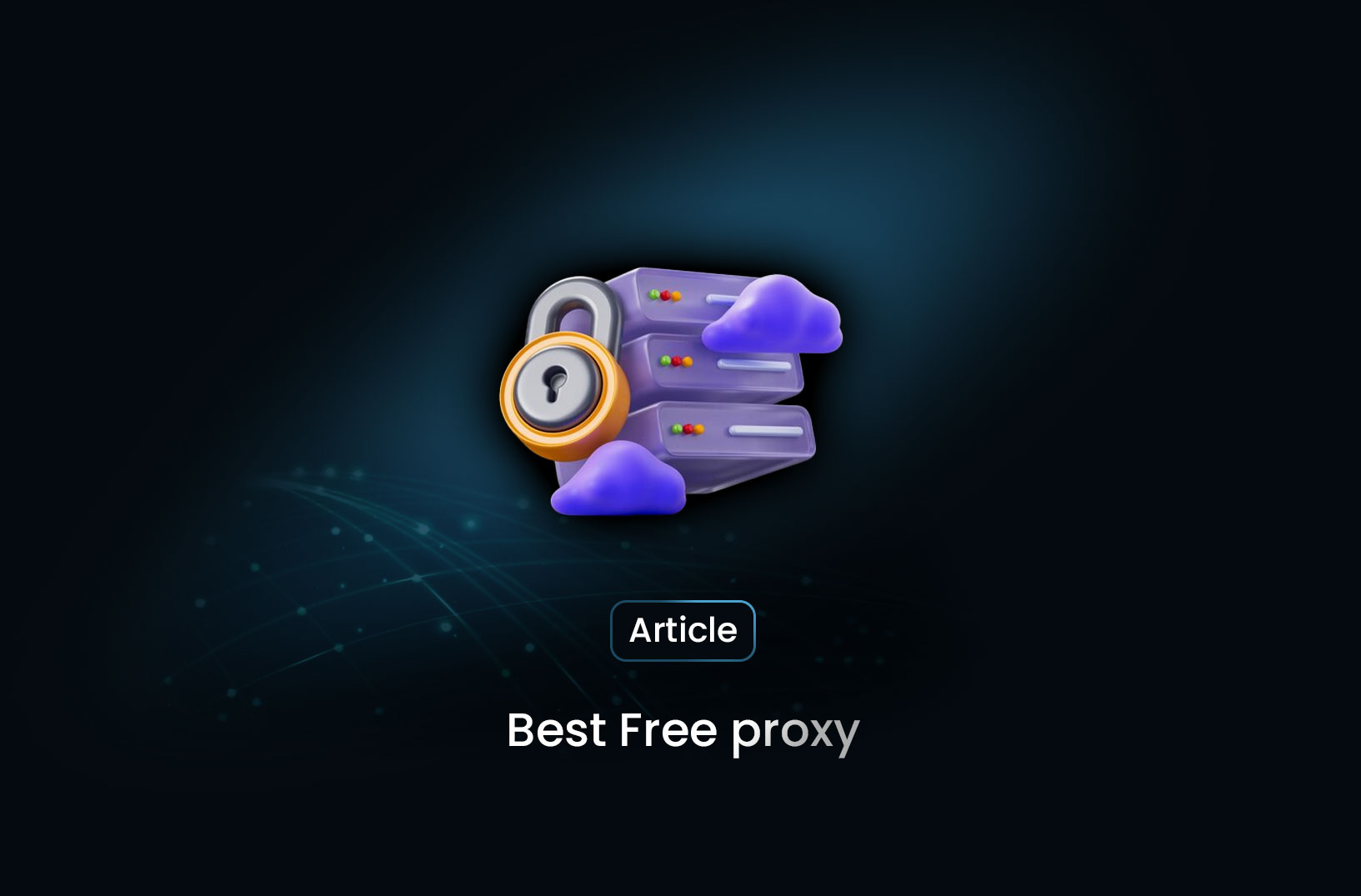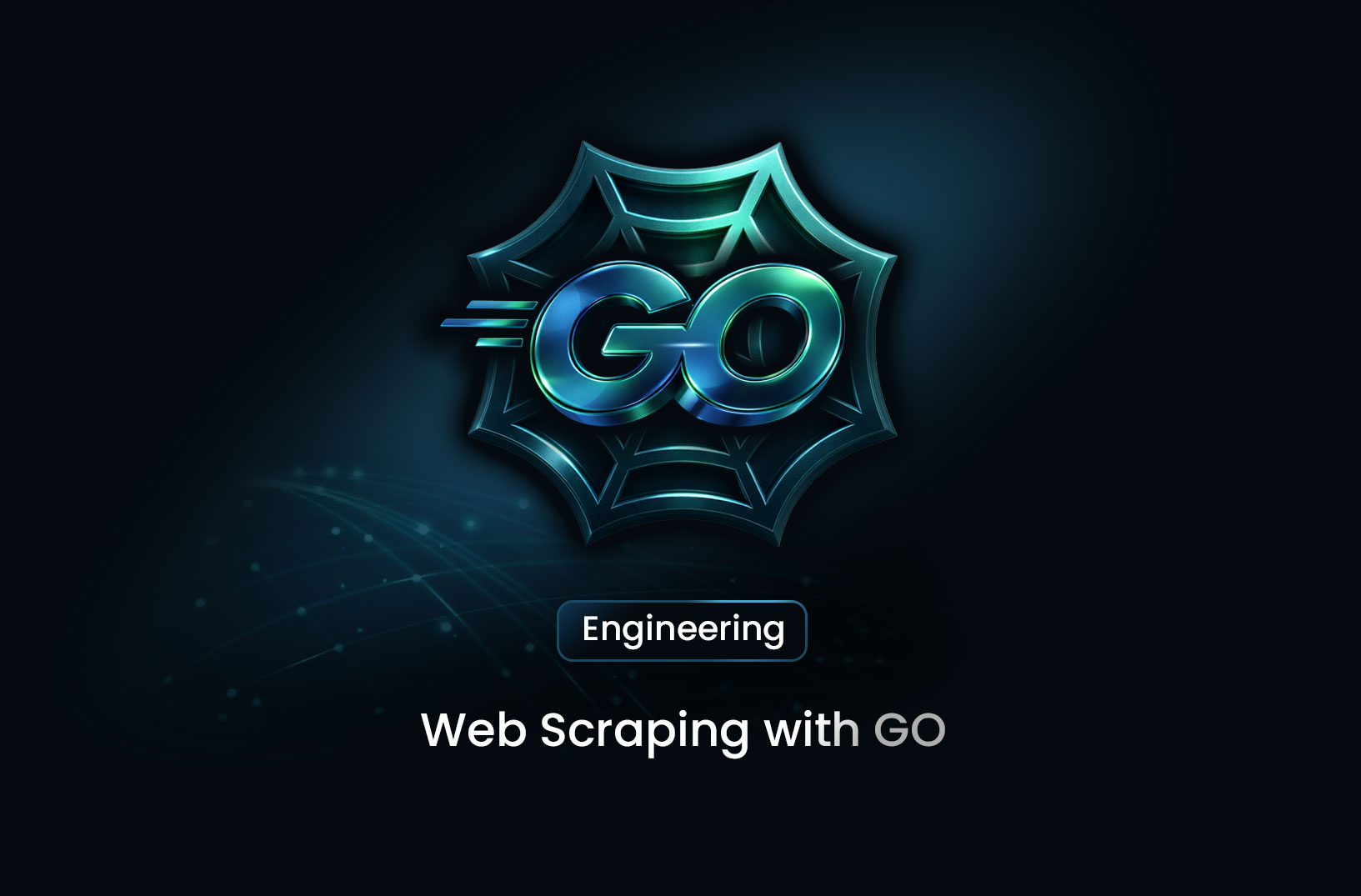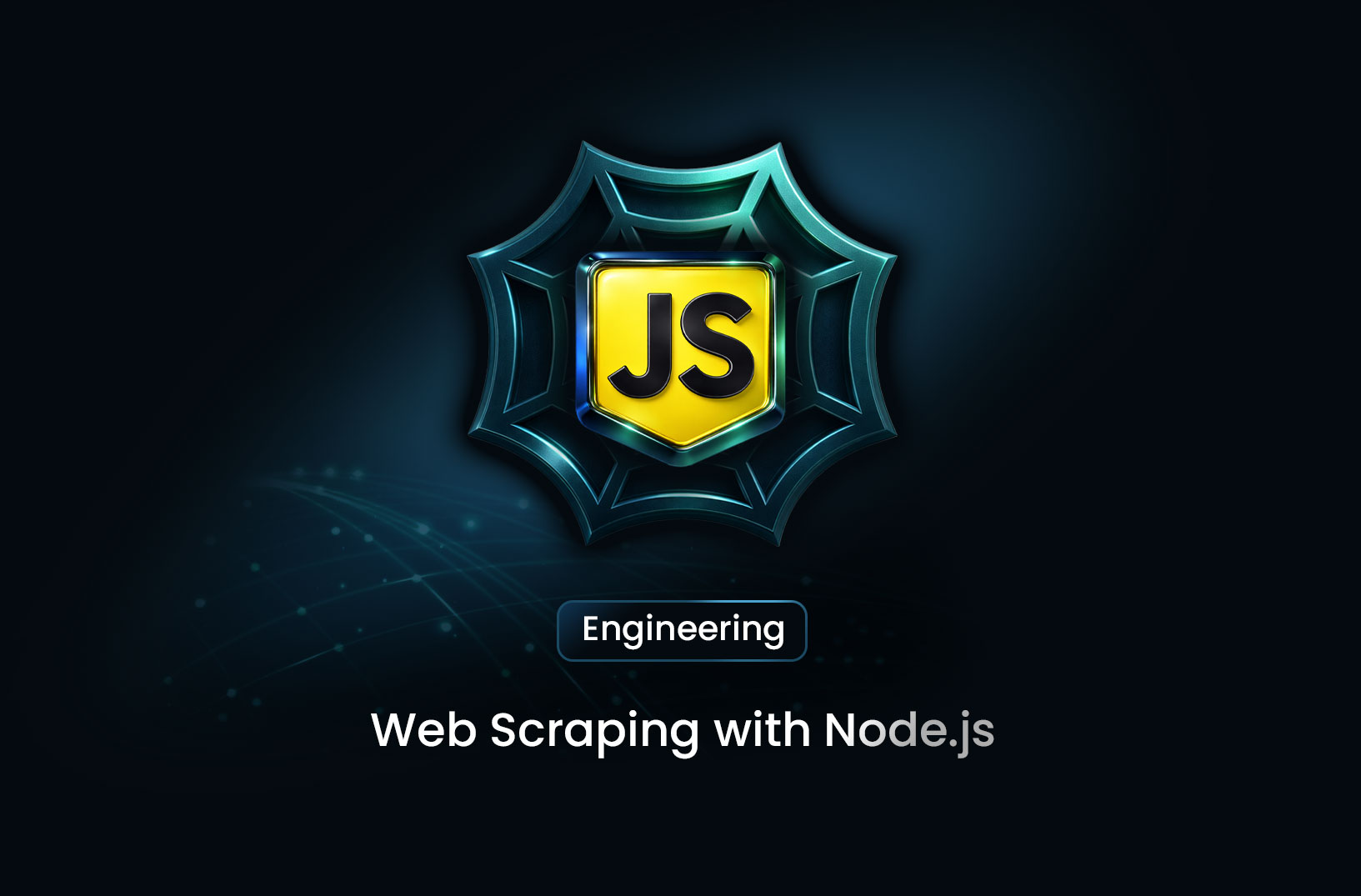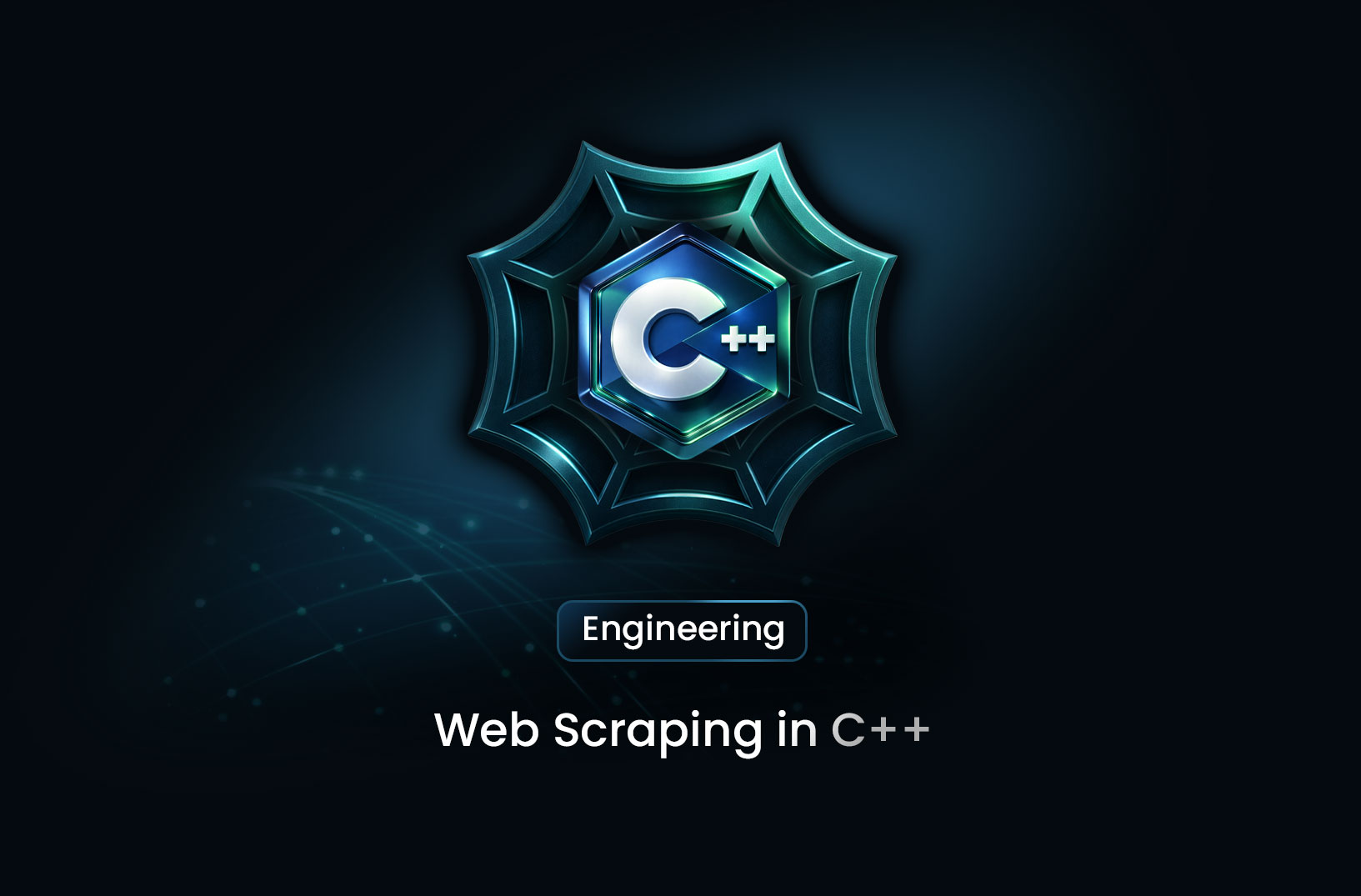
Best Free Proxy for Data Scraping
ArticleDiscover the best free proxies for web scraping, their features, limitations, and a step-by-step guide on how to use them effectively. Learn how to bypass restrictions and extract data efficiently with free proxy services.
A proxy server acts as an intermediary between a user and the internet, helping to enhance privacy, bypass restrictions, and improve security. For data scraping, proxies are essential to prevent IP bans, access geo-restricted data, and ensure anonymity while extracting information from websites.
In this article, we'll explore the best free proxy options for data scraping, their use cases, and provide a beginner-friendly guide to using them effectively.
Best Free Proxy Services for Data Scraping
Here are some of the best free proxy services that can be used for web scraping:
| Proxy Service | Features | Limitations |
|---|---|---|
| Hide.me | Free proxy browser, no registration required | Limited locations |
| Hidester | SSL encryption, no logs | Can be slow at times |
| ProxySite | Supports social media scraping | Ad-supported |
| KProxy | Free extension, multiple servers | Requires upgrade for unlimited usage |
| CroxyProxy | Works with video streaming | Limited speed |
Use Case: Web Scraping with Free Proxies
Many users rely on free proxies to extract data from websites without getting blocked. Scraping involves sending multiple requests to a website, which can trigger anti-bot mechanisms. Using proxies helps distribute requests across different IPs to avoid detection.
Example Scenario:
Imagine you are collecting price data from an e-commerce website, but after a few requests, you notice the site blocking your access. By routing your requests through different free proxies, you can continue scraping data without getting flagged.
Beginner's Guide: How to Use a Free Proxy for Scraping
If you're new to proxies and web scraping, follow these steps to get started:
Step 1: Choose a Reliable Free Proxy
Select one of the free proxy services listed above based on your needs (e.g., speed, security, or access to specific websites).
Step 2: Configure Your Scraping Tool
Most web scraping libraries (like Python's requests or Scrapy) allow you to configure proxies. For example, in Python:
import requests
proxy = {
"http": "http://your-proxy-url",
"https": "https://your-proxy-url"
}
response = requests.get("https://example.com", proxies=proxy)
print(response.text)
undefined
Step 3: Rotate Proxies
To avoid detection, use multiple proxies and rotate them after a certain number of requests.
Step 4: Handle Captchas and Blocks
Some websites implement bot detection. If free proxies aren't sufficient, consider using CAPTCHA-solving tools or switching to premium proxies.
Conclusion
Free proxies can be a helpful starting point for web scraping, but they come with limitations such as speed and reliability. If you're serious about data scraping and need a more stable solution, consider using Mrscraper a powerful AI-driven scraping service that automates data extraction with ease, eliminating the hassle of managing proxies manually.
Mrscraper ensures reliable, efficient scraping with built-in proxy management and CAPTCHA bypassing. Try it today to streamline your web scraping workflow!
Find more insights here

Web Scraping with Go: A Developer’s Guide
Learn how to build web scrapers using Go (Golang). This guide covers net/http, goquery, Colly, concu...

Web Scraping with Node.js: A Practical Developer Guide
Learn how to scrape websites using Node.js with practical examples. This guide covers Axios, Cheerio...

Web Scraping in C++: A Detailed Guide for Developers
Learn how to build a web scraper in C++ using libcurl and libxml2. This guide covers HTTP requests,...
